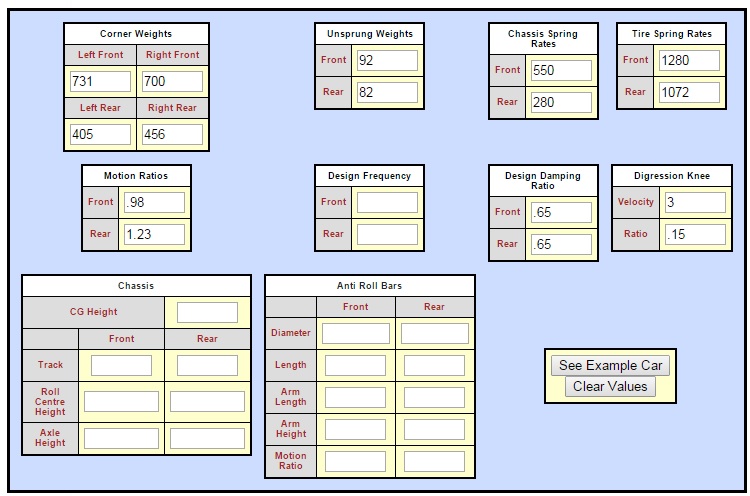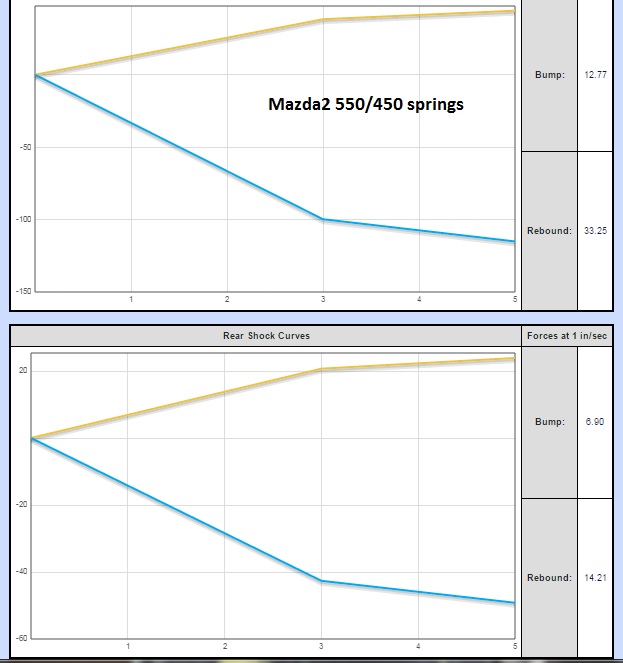utmorpheus
Member
- :
- 13 Mz2 Touring MTX
Does the car need to be realigned with the change from stock to compensate for a different(in this case 195/50-15) wheel and tire? I thought that it would be a 'no' but after putting 6k miles on my RE-11a tires and going to rotate them front to back yesterday the outside edges of both front tires are SEVERELY worn compared to the inside edges. I can't see both fronts wheels having alignment that is that perfectly symmetrically out of spec. I do corner hard. All the time. The world is my autocross course, and I treat it as such. When I took it to have the alignment checked Firestone said they cannot attach the alignment hub to the wheels (Konig Helium) because the RE-11a stick out past the lip. They said to put the stockers back on to do the alignment.
I'm concerned that if the stockers are put back on, and the car is aligned, it's going to do the same thing to the evenly-worn rear tires once I swap back. So my two questions are 1) does tire/wheel size affect alignment or is it strictly suspension geometry changes that affect it and 2) does anyone have alignment specs they are willing to share that will reduce the heavy outer edge wear on the front tires from hard cornering?
Forgive me as I know nothing about suspension settings, alignment, etc. Haven't gotten to that level yet.
I'm concerned that if the stockers are put back on, and the car is aligned, it's going to do the same thing to the evenly-worn rear tires once I swap back. So my two questions are 1) does tire/wheel size affect alignment or is it strictly suspension geometry changes that affect it and 2) does anyone have alignment specs they are willing to share that will reduce the heavy outer edge wear on the front tires from hard cornering?
Forgive me as I know nothing about suspension settings, alignment, etc. Haven't gotten to that level yet.


